Press Release: DLRC Group Becomes a Certified B Corporation
Published Dec 02, 2025
Published 07th October 2024
In a recent document for manufacturers and notified bodies the medical device consortium group (MDCG) issued guidance on the clinical evaluation of orphan devices (MDCG 2024-10). In August, the EMA opened a pilot program to enable both manufacturers and notified bodies to seek advice from an cross-discipline expert panel on the criteria for an orphan device and subsequent clinical evaluation. In this blog the first EU definition of an orphan device and the key aspects for clinical evaluation of orphan devices are discussed. The expert panel advice pilot scheme is also described.
Orphan devices are used in a diverse range of diseases and with widely different purposes. Similarly to rare disease drug development, it is often clinicians or academia that are the source of innovation and who develop devices in response to the clinical need. Many orphan devices are used in the paediatric setting and in emergency use situations, as well as routine clinical settings.
The US FDA and Japan’s PMDA have a regulatory framework for devices used in small populations. The FDA Humanitarian Device Exemption (HDE) Program is intended for devices benefitting patients with a disease or condition affecting not more than 8,000 individuals in the United States annually. Japan’s PMDA recognises an orphan device if it is intended for use in less than 50,000 patients in Japan and for which there is a high medical need. There are challenges in generating evidence for safe use in the intended population in a timely manner when few patients are available and the unmet need is high. These frameworks recognise this challenge and provide additional options to device manufacturers working in the orphan space.
In the EU there is no similar framework for market authorisation of orphan devices and the EU medical devices regulation (MDR) does not define orphan devices or specifically recognise the additional challenge of generating pre-market clinical evidence for rare diseases. To address this gap the Medical Device Coordination Group (MDCG) issued a position paper in August 2022 and at the same time established a task force (comprised of notified bodies, industry, academic societies, and healthcare professionals). In June 2024 the Medical Device Coordination Group (MDCG) published the final guidance ‘MDCG 2024-10, Clinical evaluation of orphan medical devices’. In August 2024 the European Medicines Agency (EMA) opened a pilot aimed at both manufacturers and notified bodies to seek expert panel feedback on orphan status, and, orphan status plus clinical evaluation, this pilot closes in Oct 2024. Further information on the pilot and the request for applicants was shared in an European Medicines Agency (EMA)-led information session in September 2024.
The June 2024 Guidance (MDCG 2024-10) is for use by both notified bodies and device manufacturers, nonetheless, there is currently no activity to incorporate the definition of an orphan device into the medical devices regulation (MDR). The orphan device expert panel advice made available through the pilot scheme is not legally binding, however, manufacturers and notified bodies are expected to view advice letters with great authority and not optional to follow. The purpose of the European Medicines Agency (EMA) pilot scheme is to improve access to multi-discipline experts to support the development of innovative devices in the rare disease space.
Both of which are detailed further in sections below.
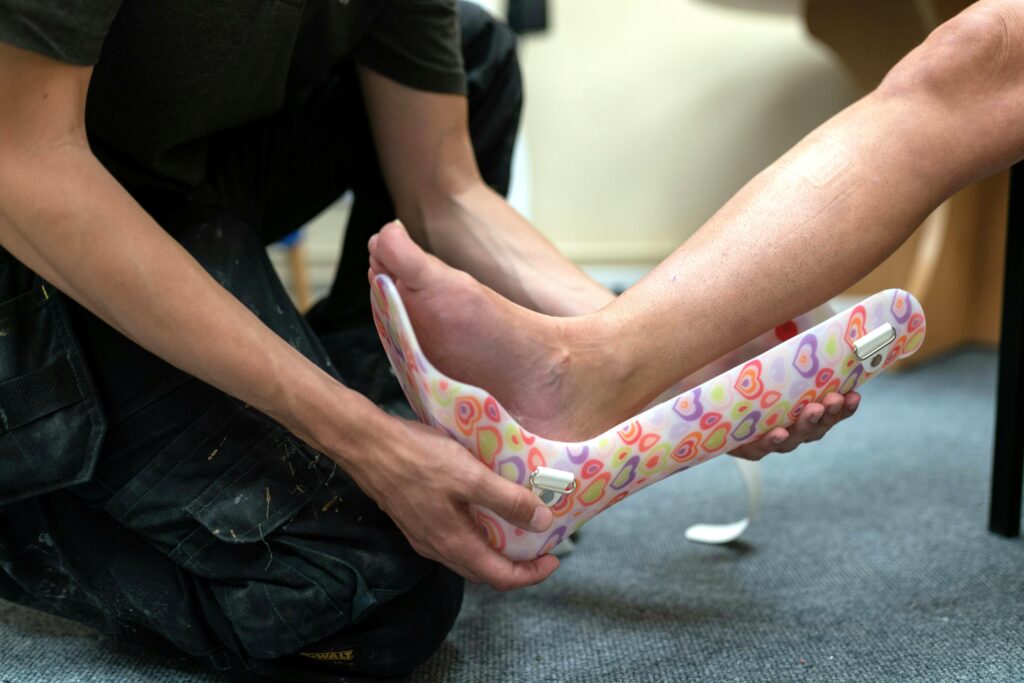
or
The pilot scheme’s scope includes Class III and Class IIb active medical devices destined to administer and/or remove a medicinal substance (ARMP) devices.
This first EU-wide definition of an orphan device shows when there is a genuine challenge to gathering data, it is not just based on small numbers but also includes the expectation the device will have significant benefit to patients. There is both a quantitative element and a qualitative part. This emulates the orphan medicines definition which is based on the prevalence of a condition and the extent to which the medicine can fulfil an unmet need (Article 3, REGULATION (EC) No 141/2000).
‘the device is specifically intended to benefit patients in the treatment, diagnosis, or prevention of a disease or condition that presents in not more than 12,000 individuals in the European Union per year;
Setting the threshold at 12,000 for the EU population is derived from the existing FDA threshold for a Humanitarian Device Exemption (HDE) of no more than 8,000 individuals US. Furthermore, this threshold for the EU is intended not to undermine the criteria for Orphan Medicine status i.e. a condition with a prevalence less than 5 in 10,000 in the EU.
The guidance recommends the use of peer-reviewed literature and EU databases but acknowledges that in some cases there may be limited data available. Extrapolation to the EU from registries or country-specific sources may be acceptable.
‘at least one of the following criteria are met:
The guidance outlines the need to describe the intended use or intended indication and the current existing state of the art. In addition, there is the need to describe alternative therapies if any, or the lack of these, and the expected clinical benefit over alternatives. For the latter, medical literature or consensus statements from clinical experts, societies of patient representative groups that detail the gaps in clinical management could be used. Non-clinical and/or clinical data on the device may also be used.
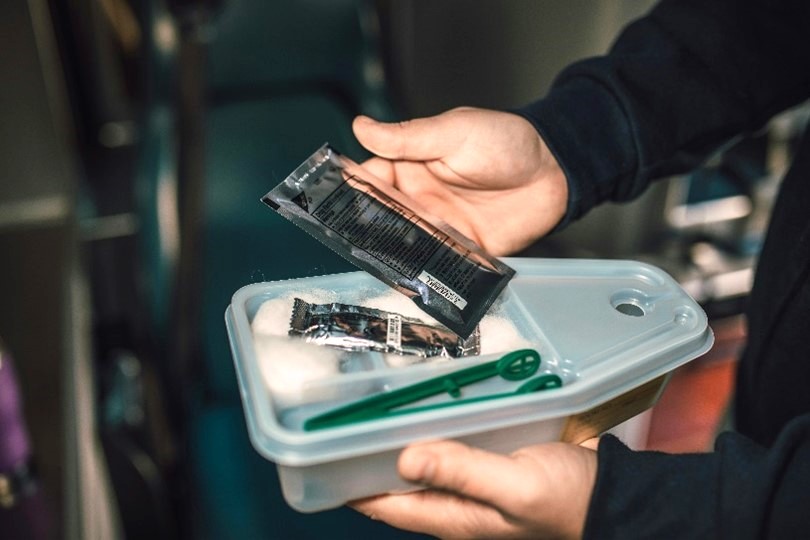
The guidance provides specific justifications that would support limited pre-market clinical data, and highlights the importance of the use of an adequate post post-market clinical follow-up (PMCF, detailed in Annex XIV Part B of the MDR) to resolve limitations in pre-market data. Justifications can be based on complete evaluation of the existing non-clinical and clinical data and an understanding of the risks along with clarity of the insufficiency of the available options for patients and the lack of feasibility of generating further clinical data in acceptable time. This is on the basis that the relevant General Safety and Performance Requirements (GSPRs) in Annex I of the MDR are met.
The guidance highlights the elevation in importance that non-clinical data can have when limited clinical data is anticipated and also highlights potential sources of non-clinical supporting data.
MDR Article 61 and Annex XIV apply for the clinical evaluation of orphan devices, the new guidance identifies specific considerations for orphan evaluation and provides some expectations on what should be addressed. The clinical evaluation report (CER) will need to include orphan device-specific information including (but not limited to) how the device meets orphan criteria, a summary of the data evaluations, a discussion of limitations and residual risks, and a detailed post-market clinical follow-up (PMCF) plan. Annex A1 of the guidance provides orphan device-specific information to be included in the Clinical Evaluation Report (CER).
The highest validity approach of randomised clinical trials (RCTs) is the ideal, however, the challenge to generating these data in the orphan setting is recognised and alternative designs and approaches are discussed in the guidance. Expert Panel Advice in early phase before clinical investigation is complete can be supportive. There is recognition that device clinical data is different from that of medicine clinical data and the use of observational data is more usual. Annex A2 of the new guidance outlines considerations for the clinical investigation of orphan devices.
Post-market surveillance and clinical follow-up processes are more important for the life-cycle evaluation of orphan devices than standard devices. The guidance has direction on post-market clinical follow-up (PMCF) plans and advises on the information that should be included, such as identifying the limitations of the pre-market data and gaps to be addressed post-market along with justification for how the proposed post-market clinical follow-up (PMCF) will meet this gap. The manufacturer should be aware that long-term clinical investigations may be necessary and all possible sources of data collection in the real-world should be evaluated. Post-market data collection should ideally focus on high-validity registries as most important tool to generate clinical evidence where possible.
Early Advice – the current medical device regulation (MDR) includes an article setting out the option for manufacturers to seek expert panel advice (Article 61(2)) regarding the clinical development plan. This prospective advice can be particularly useful for orphan medicines and is based on the questions and supporting positions provided by the applicant in a briefing book. The pilot aims to simplify the access to experts by manufacturers where the manufacturers can seek advice on the orphan status alone (60-day procedure) or the orphan status and clinical development strategy (90-day procedure with advice meeting).
Early advice can be sought on;
Practically, advice scheme requests are submitted via an online portal and an EMA account registration will be needed first. For further advice on clinical evaluation, an optional pre-submission meeting is also available.
Late-stage advice
The process is the same for advice sought once clinical data has been compiled or during conformity assessment, however this is under medical device regulation (MDR) article 106(11). Both manufacturers and Notified bodies can seek late-stage advice but this must be done in communication with the other party and the aim is not to interfere with the conformity assessment. This can be useful for example if the notified body is not in agreement about the orphan device status claim.
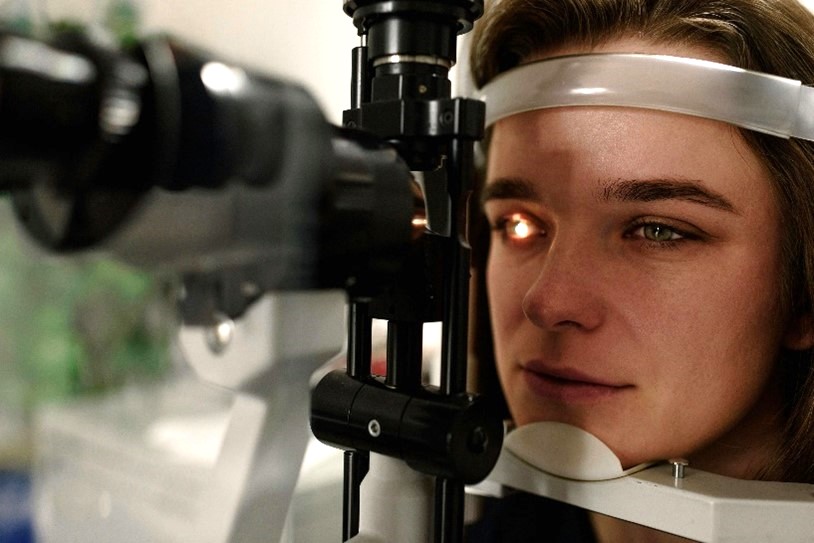
The definition of an orphan device as well as the supporting guidance for clinical evaluation is a welcome impetus for both manufacturers and notified bodies that will provide an aligned expectation on the approach for generating pre and post market data for orphan devices. The EMA pilot advice scheme will build knowledge on how to implement the guidance within MDR and support the delivery of safe and effective devices to patients with rare diseases. Some questions remain, such as how the outcome of pilot advice will be shared and if future advice will remain free to manufacturers, but with this step forward the outlook for patients is improving in the EU.
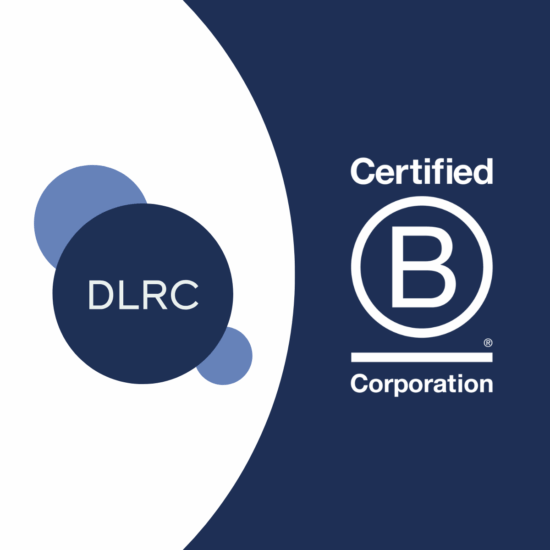
Published Dec 02, 2025

Published Nov 24, 2025
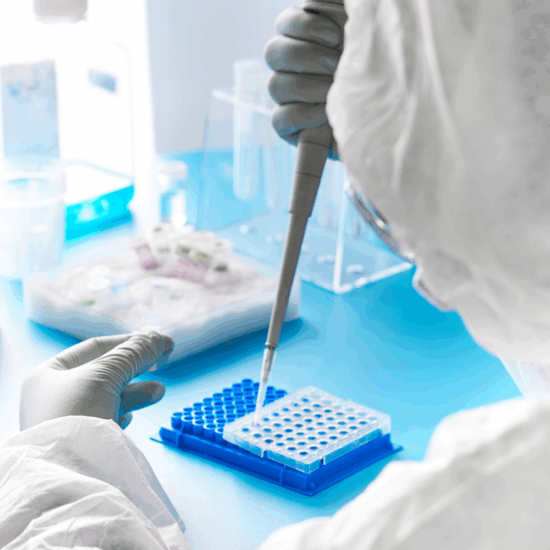
Published Nov 14, 2025

Published Oct 20, 2025

Published Oct 01, 2025
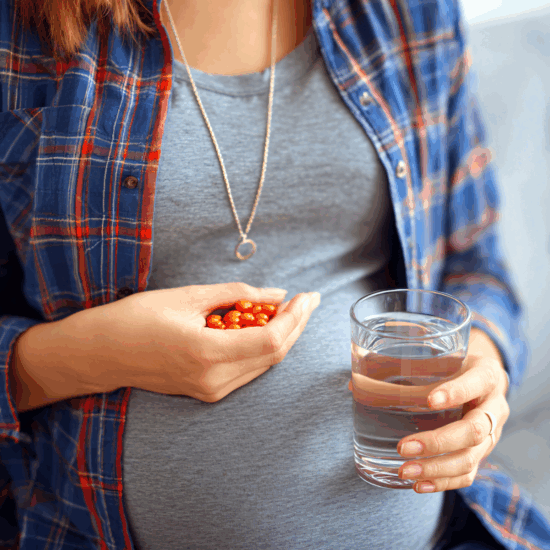
Published Oct 01, 2025

Published Oct 01, 2025

Published Oct 01, 2025

Published Oct 01, 2025